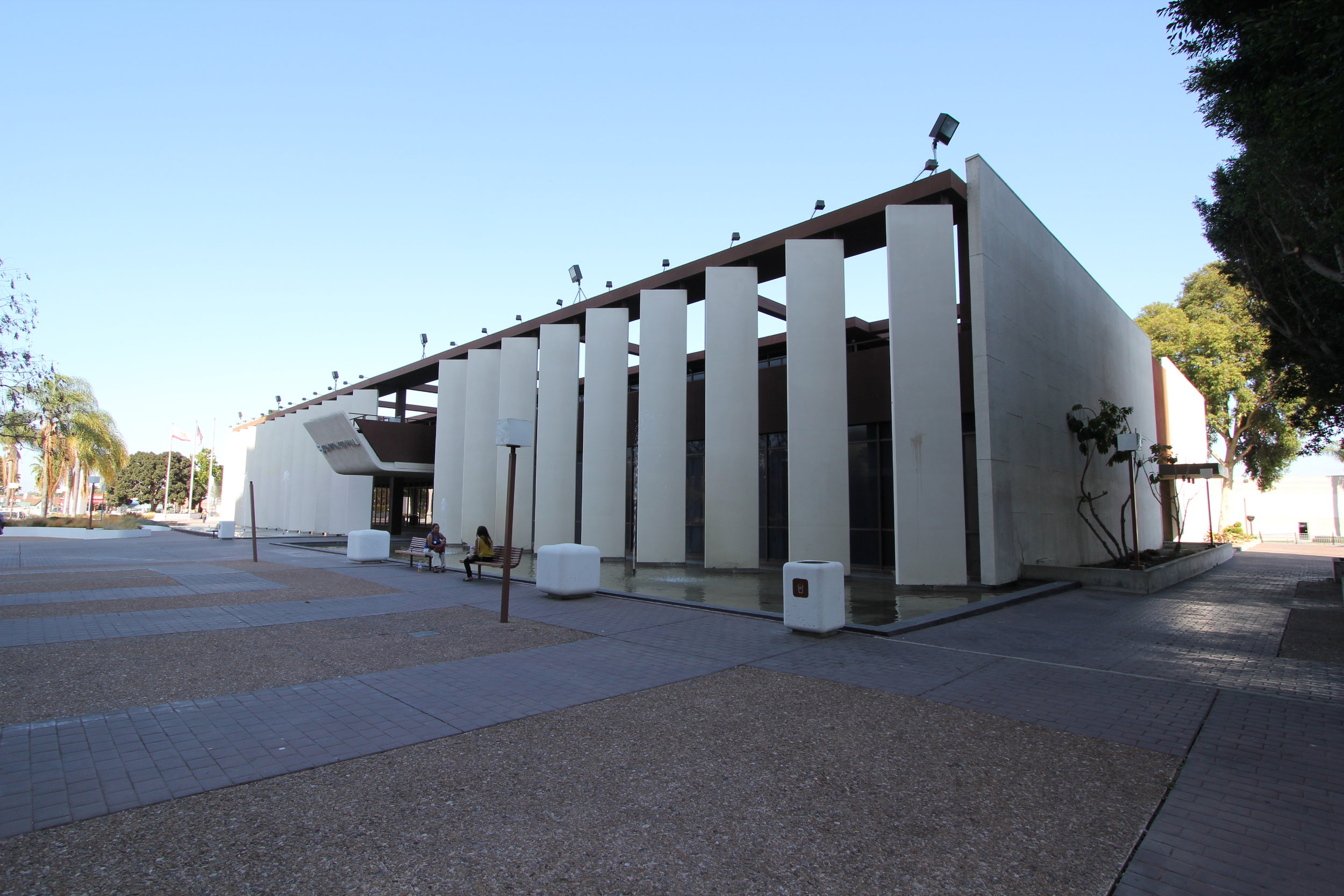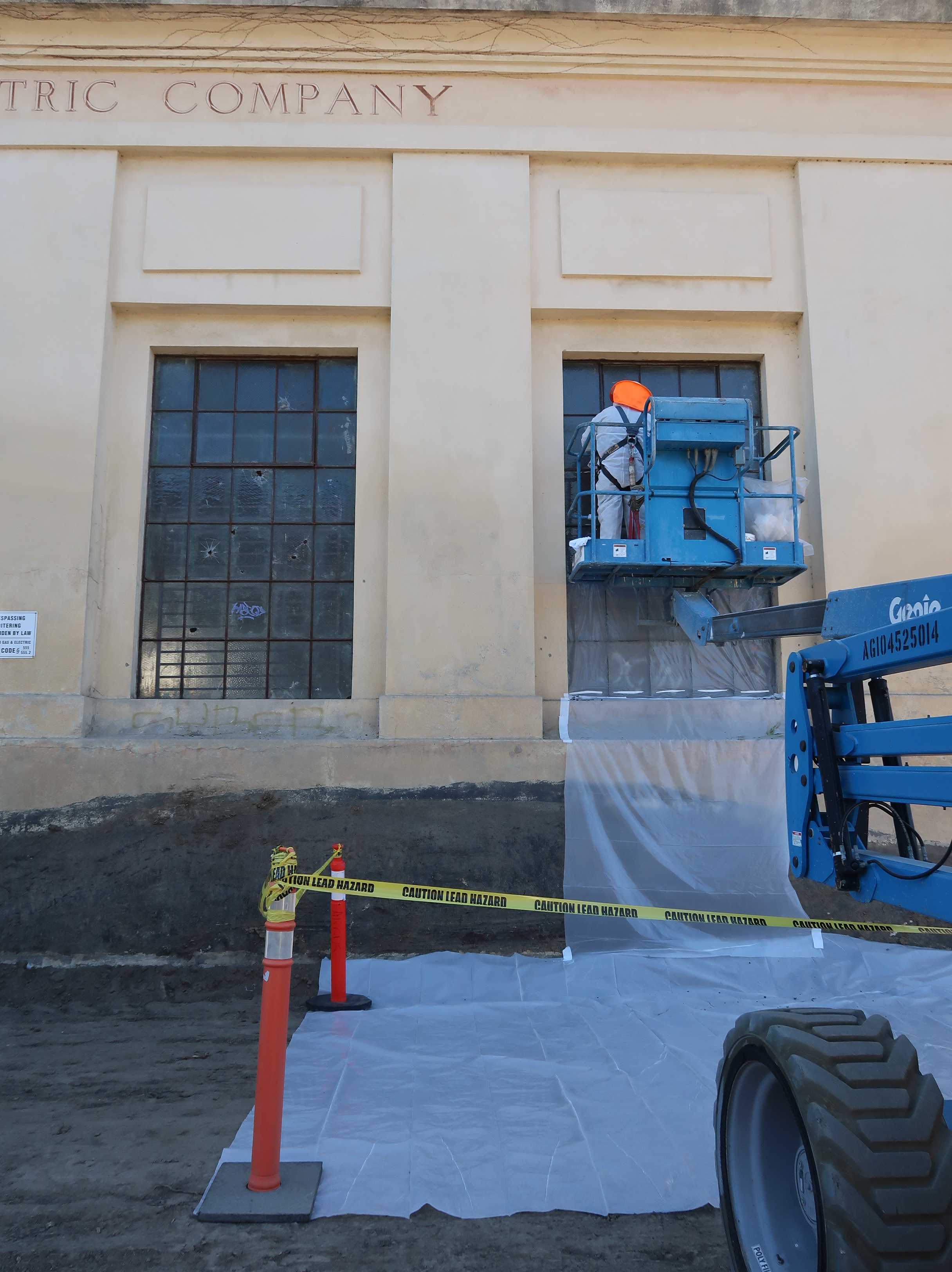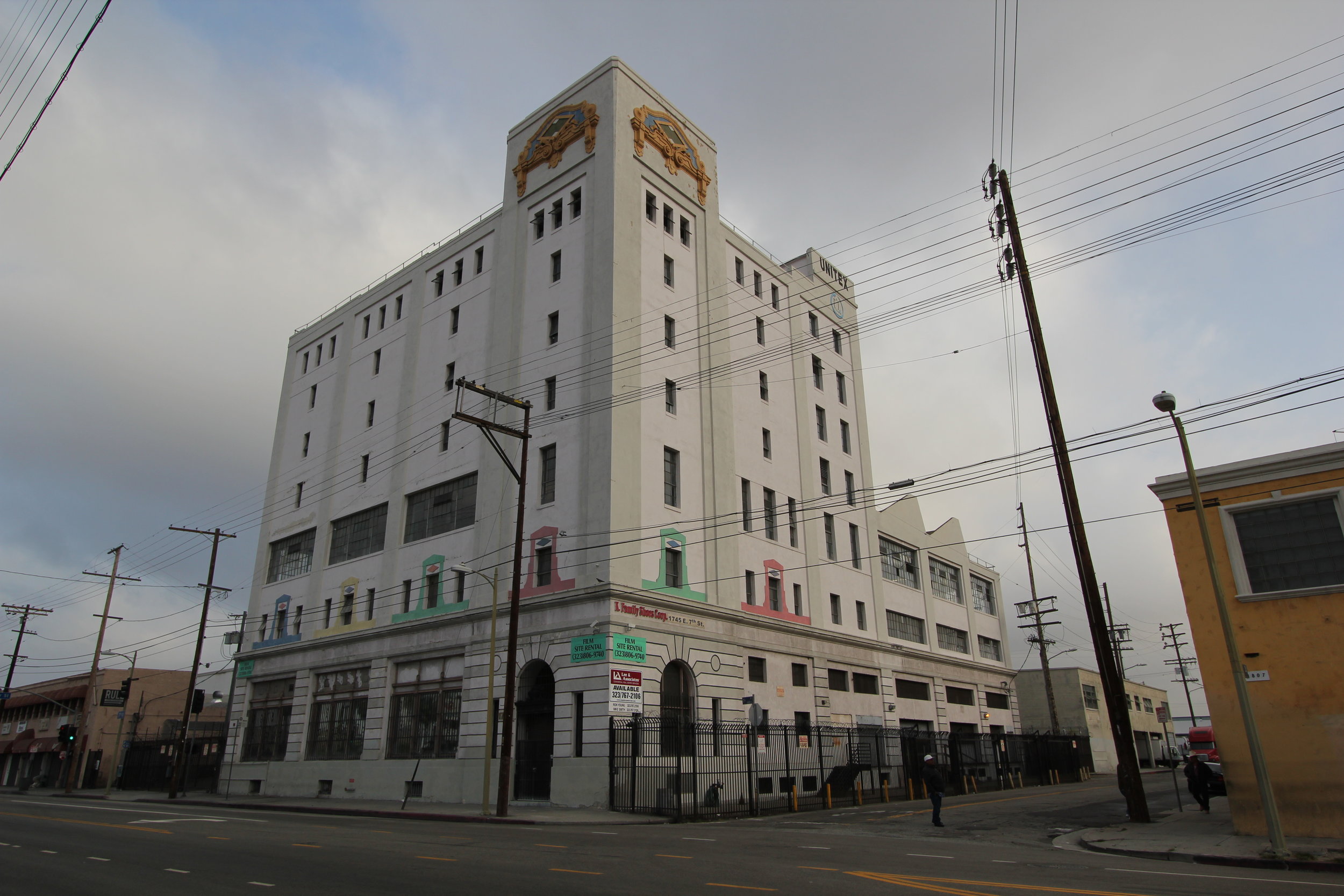Environmental Review
Compton City Hall
cOMPTON, cALIFORNIA
In 2009, the City of Compton (City) received a grant from the U.S. Department of Energy to replace windows at City Hall to improve energy efficiency. Chattel first conducted a site visit and research, then recommended that the was building eligible for listing on the National Register and helped the City navigate the Section 106 review process. Chattel advised the glazing replacement contractor, and consulted with the U.S. Department of Energy and California Office of Historic Preservation. The work was approved and completed on a tight time frame by the end of 2012.
Chattel prepared a determination of eligibility finding the City Hall eligible for listing in the National Register for its design and association with Harold L. Williams, FAIA, prominent local African American architect and civic leader. Chattel worked with the City to find a method of window replacement that would not alter the character-defining features. After exploring a number of glazing alternatives, the project team selected a low-e coated bronze glass that could be installed in the existing steel window frames, making the change almost imperceptible with the least amount of alteration to the existing building.
The project won a Los Angeles Conservancy Preservation Award in 2013.
san juan capistrano substation
San Juan Capistrano, California
The Classical Revival style substation was constructed by Southern California Edison in 1918 and later sold to San Diego Gas & Electric (SDG&E) in 1928. The building was a T-shaped, reinforced concrete substation that housed a “frequency-converter” that helped convert and distribute electricity to customers throughout southern Orange County.
SDG&E initially planned to demolish the substation as part of a larger system-wide improvement project. Chattel was hired to prepare a preservation alternative to retain and incorporate the historic structure into the proposed project. Working with staff engineers, Chattel provided guidance on design that retained the street-facing portion of the historic structure, yet allowed for the necessary infrastructure to substantially expand the substation facility. Ultimately, the preservation alternative called for demolition of the East Wing of the substation, which was the utilitarian and less visible portion. The retained West Wing is being rehabilitated.
The Final Environmental Impact Report was certified by the California Public Utilities Commission and Chattel was again retained to implement the preservation alternative and associated mitigation measures including preparing a Historic American Engineering Record documentation report with photographer Stephen Schafer, engaging Wiss, Janney, Elstner Associates as architect/engineer of record, and providing construction monitoring.
California Walnut Growers association building
Los Angeles, California
The 1921 California Walnut Growers Association (CWGA) building at 1745 E. 7th Street in downtown Los Angeles was rehabilitated for use as loft apartments. Chattel prepared a Historic Resource Assessment in 2012 that found the CWGA building eligible as a historical resource due to its association with the cooperative growers association during the height of the walnut industry in southern California from 1921-1957. While the building was not identified for its design by noted Los Angeles architect Albert C. Martin, it clearly reflected the specialty use with offices on the lower two floors, large daylight factory windows and sawtooth skylights on third floor where walnuts were packed, and smaller slit windows on the upper floors where packed walnuts were stored.
The adaptive reuse project completed in 2018 was initially proposed in early review for Historic Tax Credits, but initial comments received from state and federal reviewers were unfavorable, particularly due to the requirement for natural light and air under the City of Los Angeles Adaptive Reuse Ordinance, which meant that upper floor windows needed to be expanded. The final project reused existing steel sash windows with new glass as well as new aluminum sash windows installed in 12 locations on the principal, street-facing elevations. The project was reviewed under CEQA and found not to conform with the Secretary’s Standards, but also found to not cause material impairment to the identified historical resource. Given that the property was eligible for its historic association, rather than for architecture, additional flexibility was allowed in project review. Chattel was further engaged under mitigation measures contained in the Mitigated Negative Declaration to review design development and construction documents to ensure no material impairment would occur with construction.
Sears Mail order building
boyle heights, Los Angeles, California
Constructed in 1927, the Sears, Roebuck & Company Mail Order Building was the largest mail order warehouse serving the western United States. It was designated a City of Los Angeles Historic-Cultural Monument in 2004; was listed in the National Register in 2005 and amended to include the 1964 addition in 2015; and, is subject to a Mills Act Historical Property Contract. The property has a conditionally approved Part 2 Historic Preservation Certification Application.
The building’s owner, Shomof Group, is seeking to adaptively reuse the building by incorporating a marketplace and creative office space on the lower floors, and over 1,000 residential units on floors four through ten. The rooftop would be developed with amenities for tenants and the surrounding community to include two pools, a spa, sports courts, a running track, and gardens.
Working closely with the City of Los Angeles Office of Historic Resources, California Office of Historic Preservation, National Park Service, and project architects Omgivning, Chattel has provided design consultation to ensure project conformance with the Secretary’s Standards.
Chattel wrote a California Environmental Quality Act conformance review report for this project and continues to provide design collaboration and construction monitoring specified in the approved Mitigation Monitoring Program, as required in the Mitigated Negative Declaration.
















